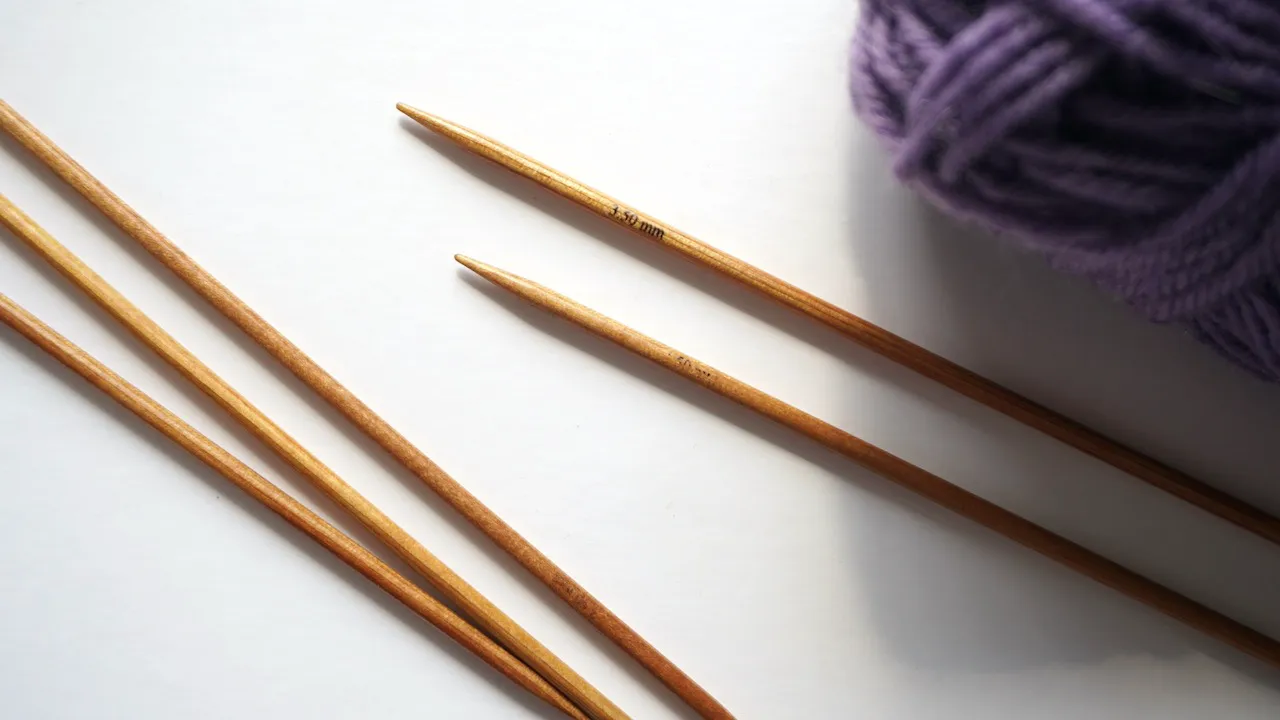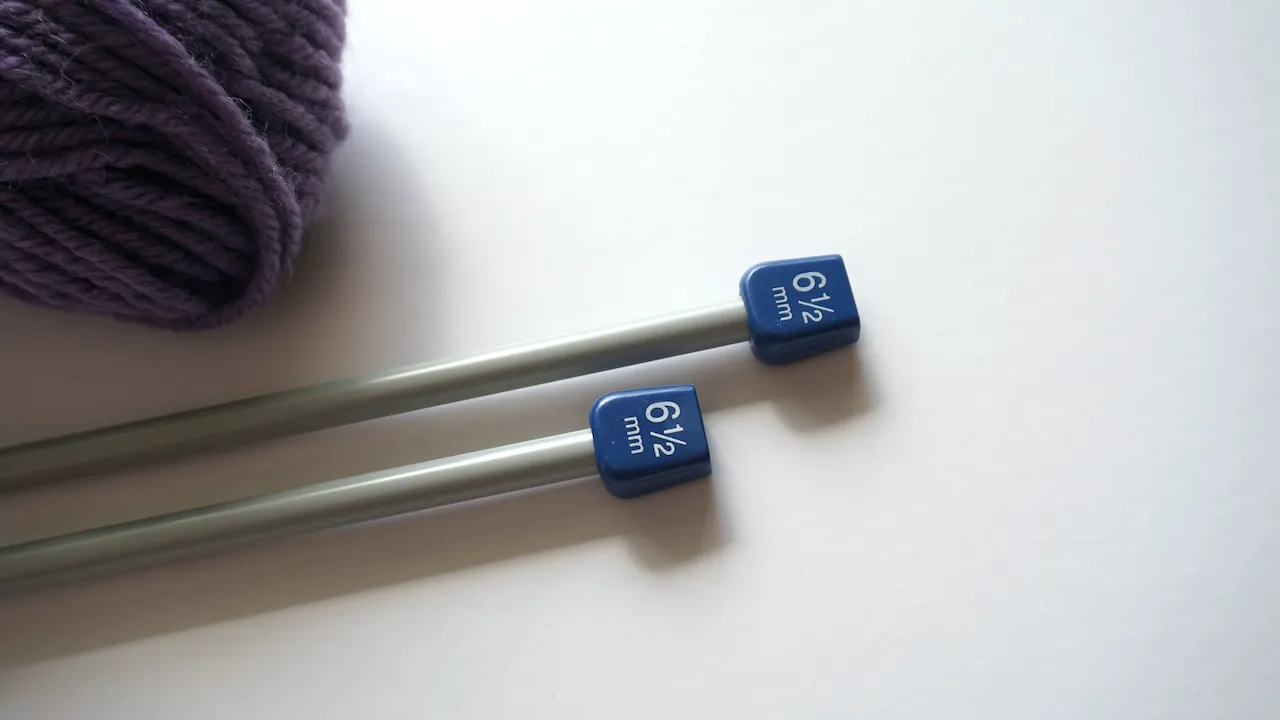6.5 mm Knitting Needles (US Size 10): Your Guide to the Perfect Gauge
Mastering Knitting with 6.5 mm Needles: Techniques, Projects, and Yarn Choices
Mastering Knitting with 6.5 mm Needles: Techniques, Projects, and Yarn Choices
Knitting Needle Sizes FAQ
Here are answers to couple of common questions I frequently keep asked about.
What size knitting needles for beginners?
Medium-sized needles US 6 to 8 (4 to 5 mm) are usually best for beginners. Small needles require too much precision whereas the really big needles can be awkward to handle. Medium-sized needles, in turn, are easier for beginners to work with as they allow you to see your stitches more clearly and work more quickly.
What size are 4mm knitting needles?
Knitting needles in size 4mm equal to US 6 and UK 8 sizes. In the Japanese system, the closest equivalent is 3.9mm, which converts to 6.
What size knitting needle do I need?
Can I use 5mm needles instead of 4mm?
Yes, it is generally acceptable to use 5mm needles instead of 4mm needles, but using larger needles may result in slightly larger stitches and a looser fabric. Make a gauge swatch to ensure your new needle size aligns with the pattern. If you’re a tight knitter you just might get away with it, after all, the needle size on the pattern is only a suggestion of what you’ll need to get the correct gauge.
What size knitting needles for regular yarn?
Worsted weight yarn is often considered ordinary or regular knitting yarn. Depending on the desired stitch gauge and your personal tension, you would use US size 7 to 9 (4.5 to 5.5 mm) needles for knitting.
Knitting Needle Sizes and Conversion Chart
Knitting needle sizes can sometimes be confusing. Different countries have their own unique ways of numbering knitting needles, which can make it difficult to determine the right size for your project.
In this comprehensive guide, I’ll provide you with all the information you need to understand knitting needle sizes. Whether you’re trying to convert metric sizes to US needle sizes or simply looking for the best size for beginners, I’ve got you covered. Discover why needle size matters and find the perfect size for the yarn you are using.
Let’s take the guesswork out of finding the perfect knitting needle size and ensure your projects turn out beautifully. But first, get ready to convert the knitting needle sizes into your preferred measurements!
This post features affiliate links. If you use these links to buy something I may earn a commission at no additional cost to you. As an Amazon Affiliate I earn from qualifying purchases.
Knitting Needle Size Conversion
Use the chart below to convert your needles for your next knitting project!
What is the Most Commonly Used Knitting Needle Size?
Do Knitting Needle Sizes Matter?
For those of us who like to stick to our favorite needles (no matter how old they are), there is the added problem of converting old knitting needle sizes to the newer system of sizes!
Lucky for you, we have made the handy chart below to help you convert those old patterns and needles!
What is My Knitting Needle Size?
If you have knitting needles from all over the world or of unknown origins, your best bet for identifying their size is by using a knitting gauge.
A knitting gauge is a small tool made of plastic, metal or wood. Like a slice of Swiss cheese, it has a bunch of variously sized holes all over it.
Unlike Swiss cheese, these holes are precisely sized for measuring knitting needles!
This is how it works:
Take your mystery needle and poke it through a similarly-sized hole in the knitting gauge.
If the needle slides in smoothly and sits snugly in the hole, then you’ve just identified your needle size. Mystery solved!
A knitting gauge is super useful, and every knitter should have one in their toolbox.
Thankfully, there’s one to suit every knitter’s personality and needs, from animal lovers to those looking for plain utilitarian plastic. Below, some highly-rated favourites:



Tegs:
Search
Recent Posts
-
Knitting Needles Size 3 75 mm: Explore a World of Possibilities
Jun 21 2025
-
Mastering the Yarn Over Technique in Knitting: A Step-by-Step Guide
Apr 14 2025
-
Master the Rectangle Loom: Techniques and Patterns for Beginners
Apr 14 2025
-
Graphic Knitting Patterns: Add a Pop of Art to Your Knitwear
Apr 14 2025
Subscribe to Updates
Get the latest posts and fashion insights directly in your inbox.